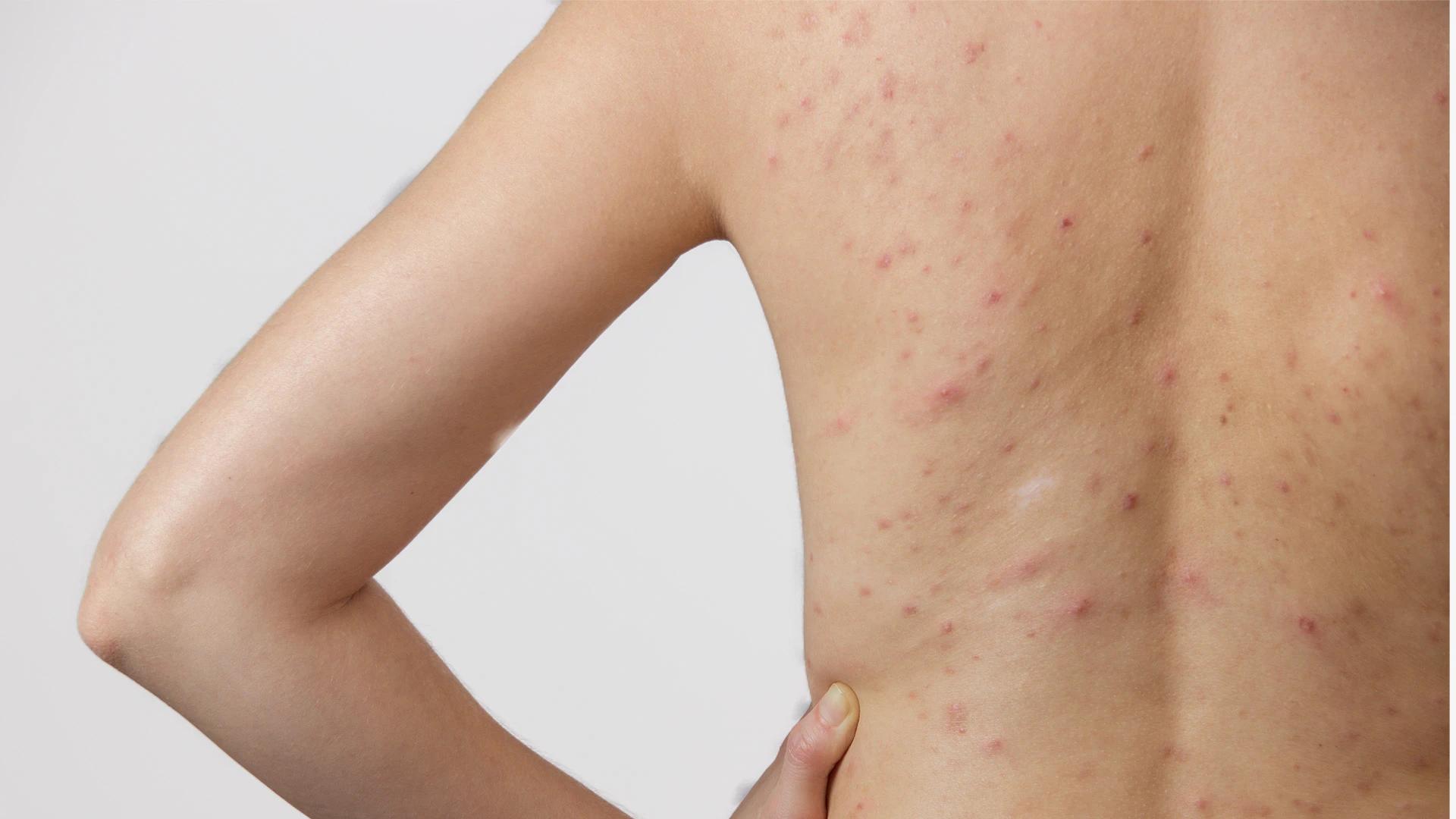FAQs About Acne Pimple Patches: How They Work for Clear Skin


 100 ml
100 mlAnti-Acne Face Wash For Acne & Blemishes
Acne pimple patches have fast become a game-changer in the world of skincare for acne. They offer a simple and neat way to look after your skin when a pesky breakout strikes. You might be curious about how these little stickers work and whether they really make a difference. In this post, we explore the ins and outs of acne pimple patches—from their design to the science behind the healing. If you’ve ever wondered how a hydrocolloid patch absorbs impurities or why a clear skin patch might be your next fave, read on. Our friendly chat will guide you through all the basics and answer the most common queries about these patches which might just become your new go-to for those occasional blemishes.
Acne pimple patches are small, adhesive stickers designed to treat pimples by absorbing impurities and creating a protective barrier over the affected area. They are a fuss-free solution that can fit neatly into your daily routine, keeping the drama to a minimum while allowing your skin to heal naturally.
The primary goal of these patches is to shield the pimple from external irritants. Composed mostly of hydrocolloid, they work by drawing out excess oil and pus, and they offer a moist environment which can speed up the healing process. Think of it as giving your skin a mini spa treatment at the most critical time.
 Pack of 20
Pack of 20Dart It Hydrocolloid Pimple Patches for healing acne, zits and blemishes - Transparent
At the heart of these patches is their powerful yet simple mechanism. They act like a shield while your skin works on healing itself, making them a clever addition to your routine. The idea is to offer a barrier that both absorbs impurities and protects the pimple from further irritation.
The majority of these patches utilise a hydrocolloid patch design. When applied, the patch draws out excess oil and pus from the pimple, creating a cool, moist environment. This not only helps in calming the area but also stops dirt and bacteria from gaining a foothold, thereby reducing the risk of further inflammation.
Acne pimple patches are a clever solution for many but they are not a one-size-fits-all answer. They work well for individuals who are keen on managing surface-level acne, such as whiteheads or occasional breakouts, but may fall short if you’re dealing with deeper blemishes.
 30 gm
30 gmAcne Patches
These patches are a perfect choice if you’re looking for a quick fix for superficial pimples. They are the ideal spot treatment patch for those moments when you need an uncomplicated remedy. If you often experience surface acne and are on the lookout for an effortless addition to your routine, then an acne pimple patch may be well worth a try.
It’s important to note that these patches aren’t effective for every type of acne. For instance, if you’re dealing with cystic pimples or deep, inflamed acne, these stickers might not be the best option. Additionally, those with extremely oily skin might find that the patch struggles to adhere properly, reducing its effectiveness in the long run.
When exploring skincare solutions, safety always comes first. The gentle makeup of most acne pimple patches makes them a reliable choice for many, including individuals with sensitive skin. However, understanding what’s inside the patch can help you make an informed choice.
Most blemish patches are crafted with a focus on being kind to your skin. The star ingredient, hydrocolloid, is known for its soothing properties. That said, some patches also include active ingredients like salicylic acid. While these can offer extra benefits, they may occasionally irritate very sensitive skin, so it’s all about knowing your skin.
 Combo
ComboAcne Essentials
If you have oily skin, ensuring proper adhesion is key. Clean the area lightly before applying the patch, which helps the acne spot treatment stick around longer. A patch that clings well is more likely to work effectively, giving you that clear skin boost you’re after.
Yes, acne pimple patches are effective for surface-level pimples, particularly whiteheads. They absorb impurities, reduce inflammation, and provide a protective layer that stops further irritation.
While they're great for many, these patches are not designed for cystic pimples or deep blemishes. Additionally, people with very oily skin might face challenges with adhesion if the patch isn’t applied correctly.
No, pimple patches are generally not suited to treat cystic acne. For these deeper and more inflamed spots, treatments such as prescribed topicals or oral medications are typically more effective.
Acne pimple patches offer a neat, user-friendly way to manage surface-level breakouts. They work by absorbing excess oil and impurities while protecting your skin, which can prevent further damage and reduce the risk of scarring. However, if you’re dealing with cystic acne or deep blemishes, these patches may not be the ideal solution. Always make sure to choose the right type of patch—whether it’s a hydrocolloid patch, a clear skin patch, or an overnight acne patch—that fits your specific skin type and needs.